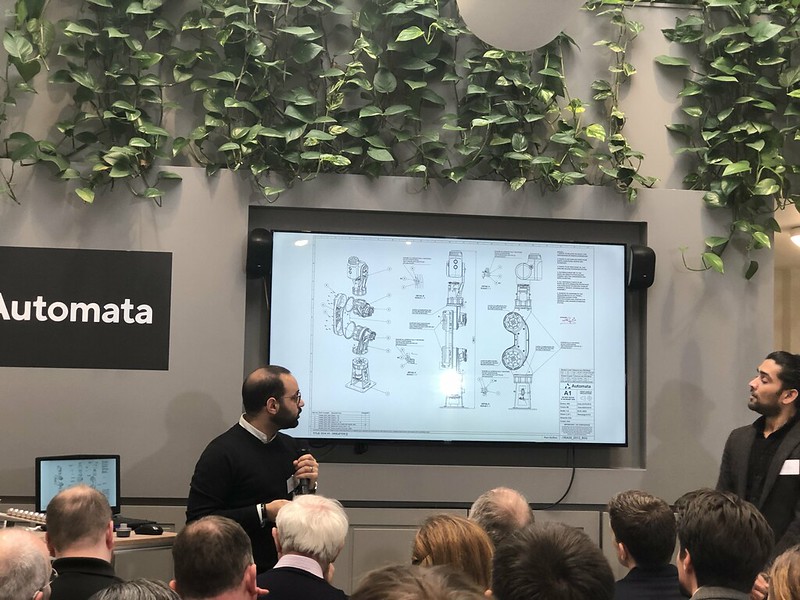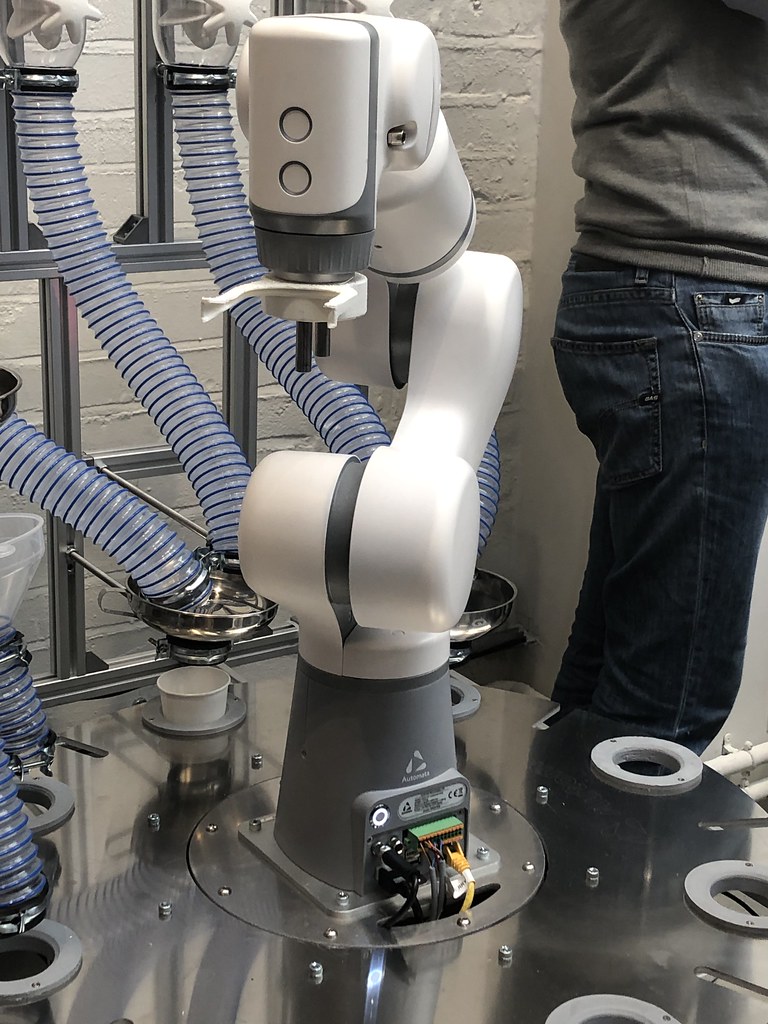Judy Asks: Is Brexit Bad for Europe? – Carnegie Europe – Carnegie Endowment for International Peace – interesting take on Brexit from a US perspective. Is Brexit bad for Europe focuses on the EUs role on the world stage including regional and global security. According to my reading of Is Brexit bad for Europe there looks to be opportunities to grow in defence research and development and upgrade the economic performance of the EUs smaller nations.
5G Deployment State of Play in Europe, USA and Asia | European Parliament ITRE Committee – interesting snapshot on 5G adoption across the EU (PDF)
Microsoft worked with Chinese military university on artificial intelligence | Financial Times – US worried about dual use of the technology (paywall)
Toyota will put Tundra, Tacoma trucks on a single platform, report says – Roadshow – interesting that Toyota is embracing the Volkswagen Group approach to vehicle engineering. I didn’t realise that Toyota no longer sells the Hilux in the US, apparently its because it isn’t big enough
Panda TV’s demise makes way for gaming giant Tencent to dominate live streaming too | SCMP – China’s Twitch goes under, leaving Tencent to dominate live streaming too. This reinforces the oligarchy running China’s online sector from financial services and e-tailing to gaming and media
DJ Craze: “Sync is your friend… embrace technology” – News – Mixmag – wow, controversial. This is the reformation of the DJ world. The problem with these things is that once people know the button is there new DJs will skip the valuable learning process of beat mixing
Facebook ‘morally bankrupt pathological liars’, says NZ privacy commissioner – AdNews – 5 I’s pattern starting to emerge on Facebook. You take this stance with the UK’s proposal to treat social networks as publishers and Australia’s daft views on crypto. There are lots of reasons to criticise Facebook, but this isn’t one of them. Instead its cynical pandering to the populist political peanut gallery. More related content here.

